New impetus for rail
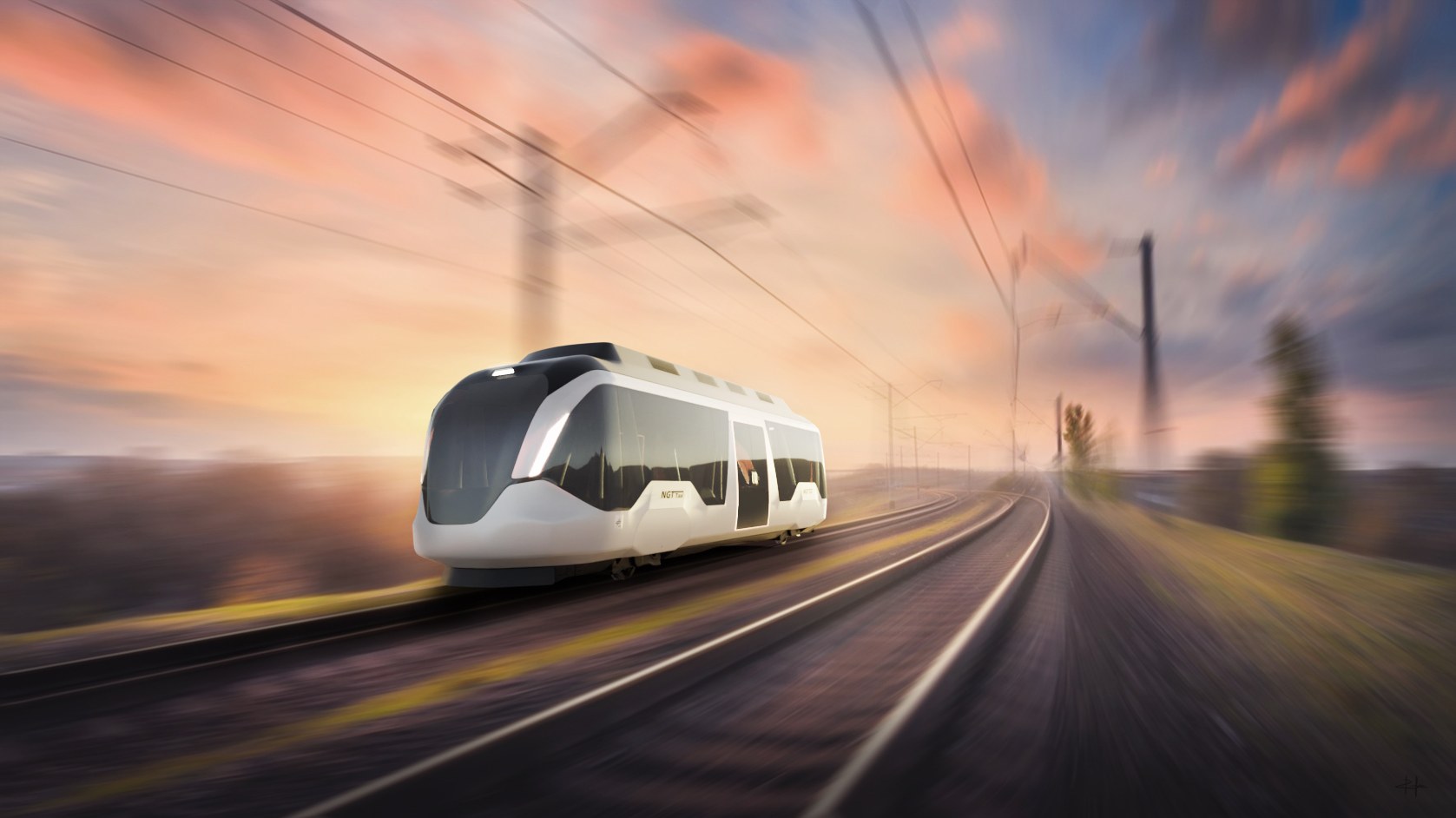
DLR is currently developing NGT TAXI, a small, light and efficient rail vehicle. It will be automated and travel primarily on secondary railway lines, providing fast and flexible connections in rural areas.
Rail transport is one of the great hopes in the mobility transition. Unlike other motorised means of transport, rail is already relatively climate-friendly and energy-efficient, as well as one of the safest means of transport. Rail is making a major comeback: the German government wants to double passenger transport capacity by 2030 and make travelling by rail more affordable. This means integrating innovative power supply systems and automating vehicles and infrastructure. The rail network is to be expanded, disused sections brought back into operation and the quality of service improved, particularly in rural areas.
This is where the NGT TAXI comes in. NGT stands for Next Generation Train. At DLR, this refers to concepts and technologies for future rail transport. Expertise from the fields of traffic system layout and management, alternative power supply systems, lightweight construction, sustainable materials, running gear design, air conditioning, automation and control, and regulation all feed into the project. "The NGT TAXI is about more than just the vehicle – that is, the train; it is also a novel operating concept and the train control and safety technology is part of the infrastructure," explains Jens König from the DLR Institute of Vehicle Concepts, from where he coordinates all activities of the NGT TAXI vehicle.
Reviving routes with a new approach
Since the 1950s, around 30 percent of the German rail network has gradually been shut down, but it still holds potential. Reactivating these routes is often possible and, most importantly, considerably less costly than building new ones. The Association of German Transport Companies (VDV) and the advocacy group, Allianz Pro Schiene, are proposing the reactivating of almost 300 routes over a total length of more than 4500 kilometres. This would mean that over 300 cities and communities, and thus 3.4 million people, would be reconnected to the rail network.

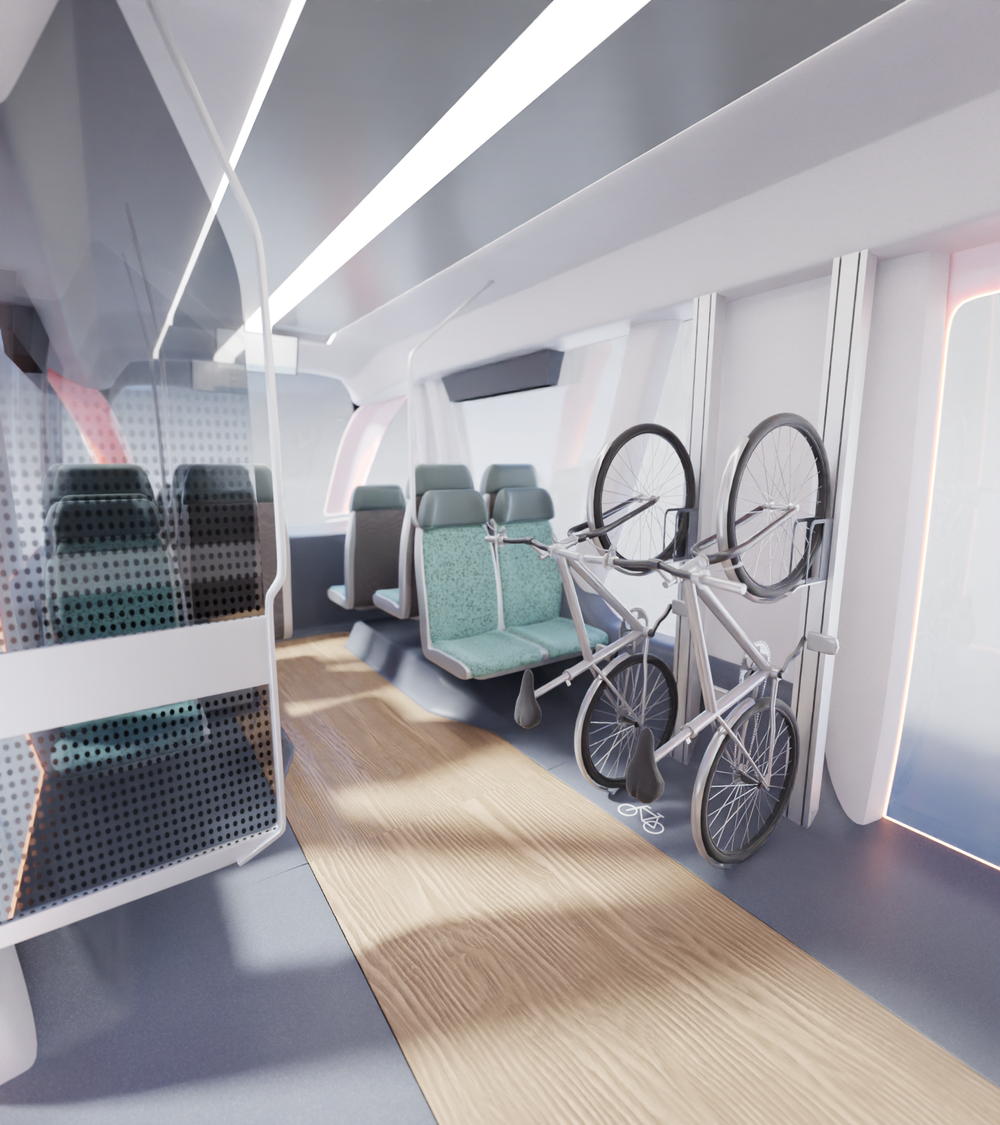
"Reactivating must also be economically viable and needs to fit into existing transport modes," says König. "We need some new ideas. What we are developing is similar to the railbuses that train enthusiasts will know from the 1950s and 60s. The NGT TAXI is a state-of-the-art variant of this and brings this approach right to the future." The DLR researchers do not envisage large, long, heavy trains, as this would mean fully expanding the routes again and extensively equipping them with control and safety technology. Instead, they are opting for modular, small, light, automated trains with alternative drive systems. The design is intended to be barrier-free and provide plenty of space to accommodate luggage, bicycles and pushchairs.
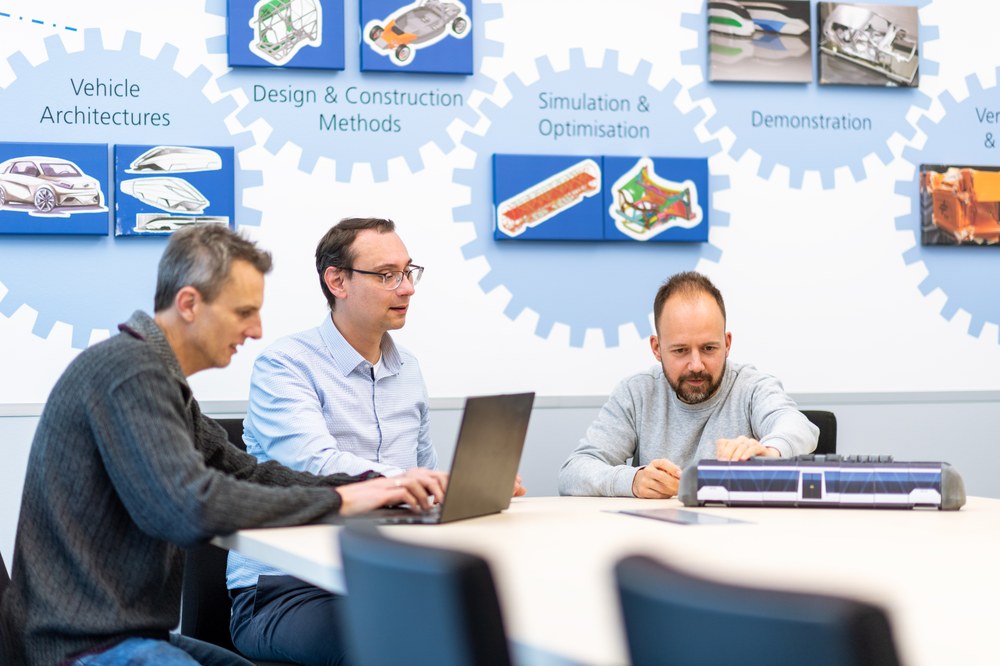
Lightweight, modular and alternatively powered
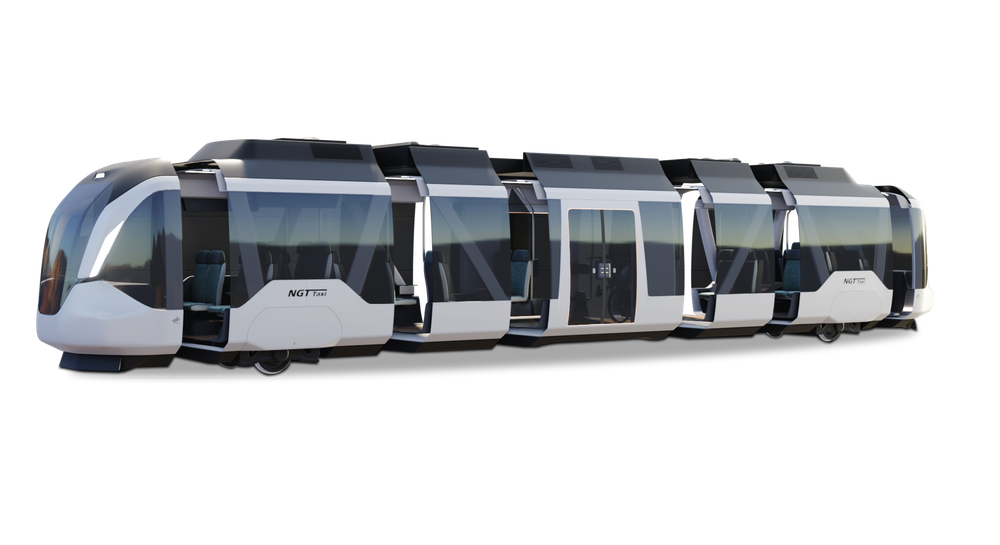
In terms of the design of the car body, crash behaviour and control and safety technology, the NGT TAXI is considering approaches from the tram sector, their existing specifications and approval processes. The car body consists of a floor, a roof and end sections. In order to make these lightweight, the researchers calculate an optimal load-bearing structure using topology optimisation. Stiffer and heavier material is only used where the static and dynamic loads acting on the car body require it.
The futuristic rail bus is powered by climate-friendly and locally emission-free batteries or fuel cells. After all, secondary routes and disused lines usually have no overhead catenary, and batteries could provide a range of up to around 100 kilometres. For longer distances, DLR is focusing on fuel cells in combination with smaller batteries, which provide the power needed for accelerating and store the energy recovered during braking. Standardised power packs will be designed for the power supply concept. Depending on the vehicle size, route profile and range, one or more of these drive units will be installed in the train.
Another feature of the NGT TAXI is the modular vehicle structure and drive concept, which can be flexibly adapted to the circumstances. The shortest version of the train is almost 10 metres long, with 12 seats; the longest is 17.5 metres long and has 54 seats. This is made possible by modular carriages in different length derivatives, which can be produced in larger quantities and therefore more cost-effectively.
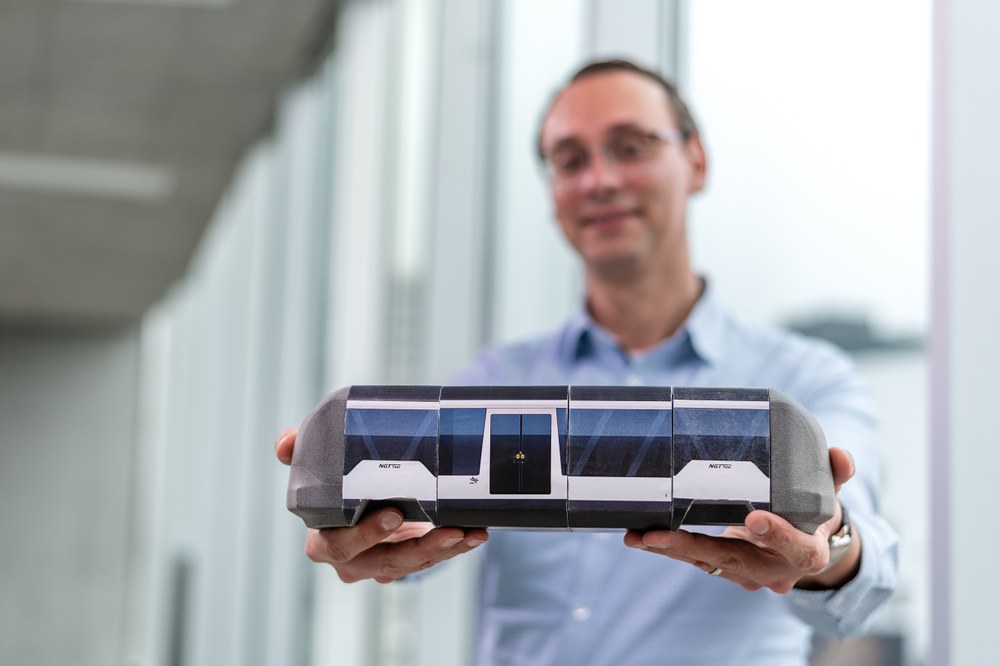
Automation on the rails
Automation is a key feature of the NGT TAXI. The systems, sensors and cameras required for this must be largely integrated into the vehicle, so that they are as independent as possible from the respective rail infrastructure. Deutsche Bahn is currently recruiting for more than 1000 train drivers. If more traffic is to be shifted back towards rail, it will exacerbate this labour shortage. During periods when trains are run at low capacity, drivers may be a significant cost factor. Automated driving offers new opportunities for the railways in both respects.
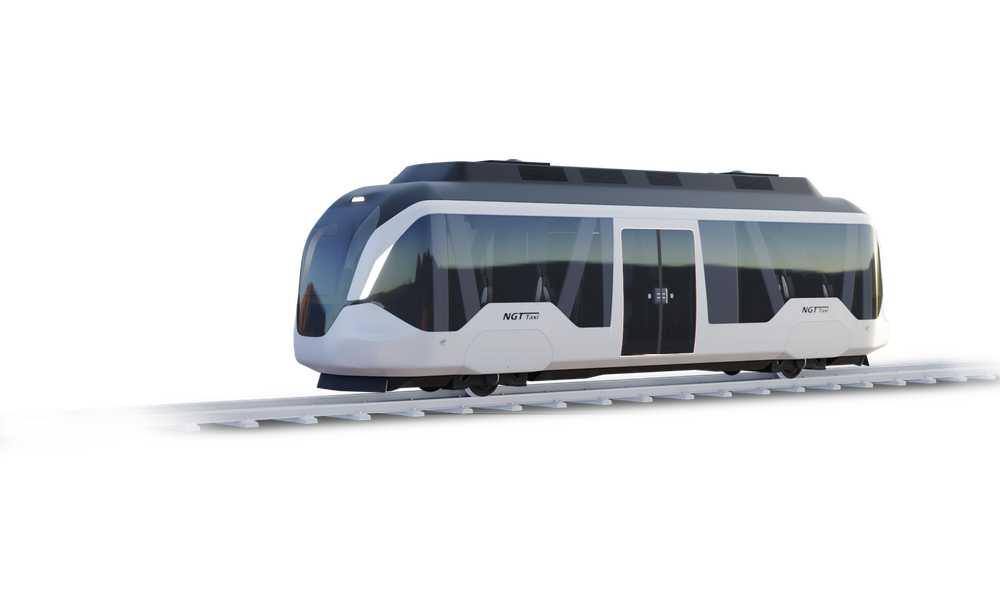
Underground trains have been running automatically on closed networks for some time now, while further examples exist in the freight train sector. However, there are as yet no automated trains running as mixed services – in other words, sharing lines with conventionally driven vehicles. Automated trains must be able to interact comprehensively and independently with other trains, the infrastructure, the surrounding environment and the passengers. Camera and driver assistance systems already exist, but there is nothing that would enable safe, fully automated operation at the moment. "We will need a remote train operator workstation in a control centre," says Michael Meyer zu Hörste from the DLR Institute of Transportation Systems, who oversees the work packages for the operation of the NGT TAXI. This includes automation and control and safety technology. "In exceptional situations, trained personnel can intervene if the automation does not know what to do. But this is a completely new field of work that needs to be developed and tested first."
In projects like this, we benefit from DLR’s strengths: our interdisciplinary expertise in engineering, our broad range of expertise and our focus on practical application.
Flexible and on-demand use
Economic viability is a prerequisite for the recommissioning of railway lines. Linking the trains up to existing transport modes in general and the railway network in particular requires careful intermodal transport management. Although feasibility studies have come to a positive conclusion in 75 percent of cases, less than 10 kilometres of track have been reactivated in the last two years according to an evaluation by the Pro-Rail Alliance and the VDV. New operating concepts like the NGT TAXI can help speed up the process. Indeed, the technology could enable the development of new routes that are currently deemed unprofitable to operate based on the current evaluation process.
So far, trains have been running according to a fixed timetable. "We are developing different operating concepts for the NGT TAXI, including for regular operation at certain times of day or on-demand operation that depends on the given number of passengers," says König. "As it is automated, the vehicle is ready for use around the clock. It runs when it is needed, with railcars provided in the appropriate size, depending on the number of passengers. This avoids empty runs, reduces the cost of operation and maintenance, and conserves resources in general." Until now, on-demand services in road transport have mainly been used as a shuttle, replacement or supplement to local public transport.
Meet the NGT-family
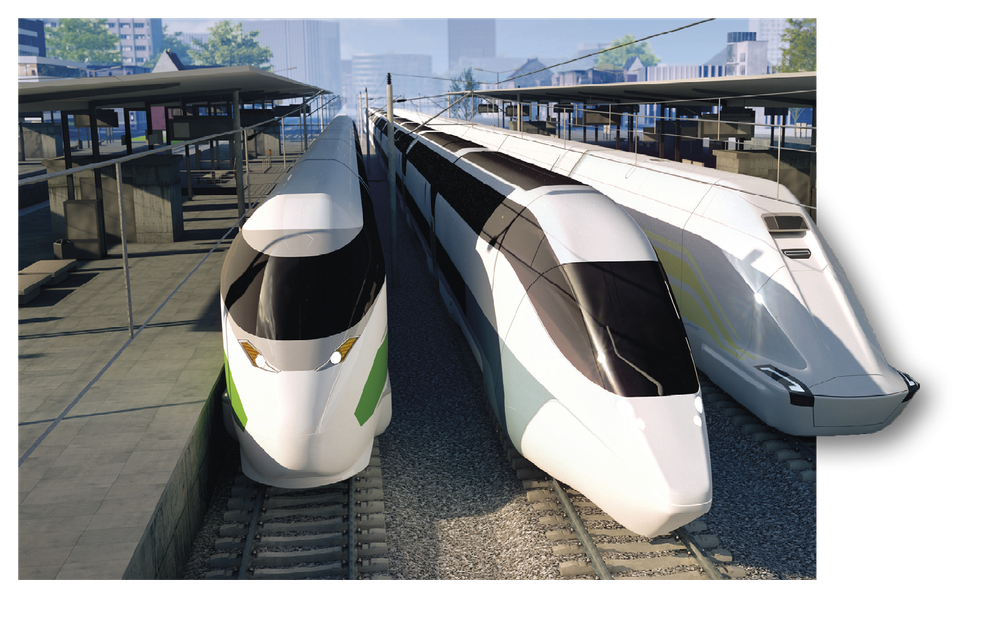
Under its flagship Next Generation Train (NGT) concept, DLR is developing a vision of future rail transport as an essential part of mobility geared towards sustainability and greater capacity. A whole family of trains has been created. The NGT HST (High-Speed Train) is a double-decker, high-speed multiple-unit train that can travel at up to 400 kilometres per hour. The NGT LINK is a double-decker, interregional commuter train designed to connect cities with each other and with metropolitan areas. The NGT CARGO is a fast, quiet, automatic freight train that can be assembled from individual cars and powered end-cars as required. This allows goods to be transported flexibly, quickly, reliably and without expending excessive resources. The NGT flagship concept is continuing to grow, with concepts for future-forward train stations and logistics terminals, plus the current work on the NGT TAXI.
The prototype: a major step
For the first time as part of its NGT research projects, DLR is planning to build a drivable prototype and demonstrate its feasibility through test subject operation. Such real-scale demonstrators are rare in institutional railway research. "From our experience in the automotive sector, we know how important prototypes are for research, industry and public acceptance," says Tjark Siefkes, Director of the DLR Institute of Vehicle Concepts. "After all, a concept like the NGT TAXI will only be successful if it enjoys a high level of acceptance among operators and users. Prototypes offer the opportunity to touch the vehicle, try it out and come along for a ride and understand its operational specifics."
Concepts such as the NGT TAXI are ideal and relatively manageable due to the size, weight and costs, especially in view of the usual dimensions in the railway sector. For example, an ICE 4 of the kind that Deutsche Bahn has been using for several years’ costs more than 30 million euros, is approximately 375 metres long and has an empty weight of about 740 tonnes. "The insights that we gain from building and testing this sort of prototype are immense," says Siefkes. "Bringing technologies and developments together in this vehicle and executing operational tests on them is completely different from working on individual components or simulating them on the computer. In projects like this, we benefit from DLR's strengths: our interdisciplinary expertise in engineering, our broad range of expertise and our focus on practical application."
The DLR team intends to create the shortest version of the NGT TAXI, with a length of just under 10 metres and an empty weight of between 15 and 20 tonnes. The first version of the NGT TAXI will also serve as a test vehicle on which components can be installed or replaced to assist later scientific projects during the transfer into practical applications. Researchers from nine DLR institutes are working closely to make this happen. DLR is gaining further expertise and feedback from its collaboration with 21 project partners from research and industry as part of the Europe's Rail Project FP6–FutuRe. Some manufacturing companies have signalled early interest in advancing with the construction of the prototype and some operating companies declared early interest in executing test subject operation, both in close partnership with DLR. "Our aim is to conduct research over the long term," says Siefkes.
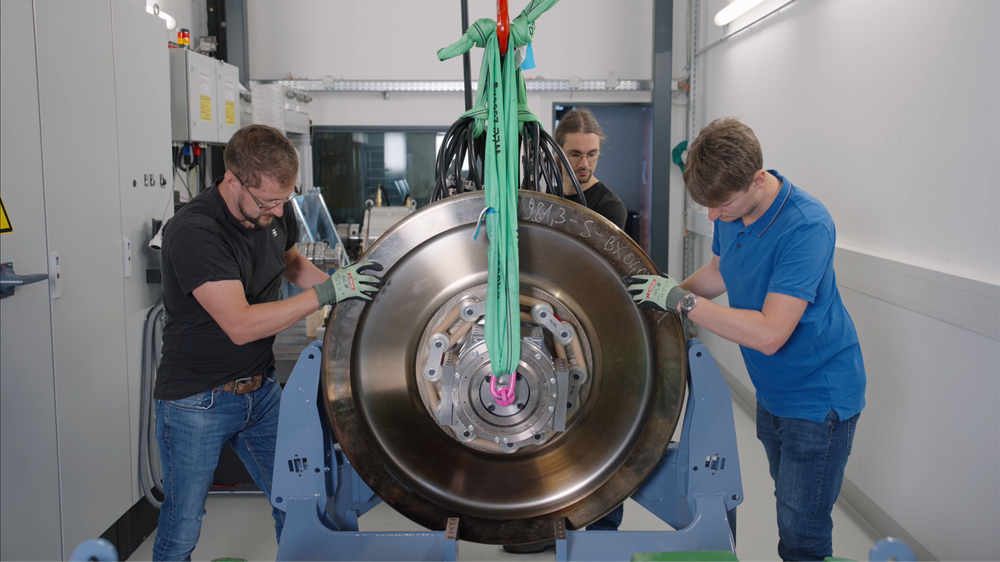
An article by Denise Nüssle from the DLRmagazine 175
